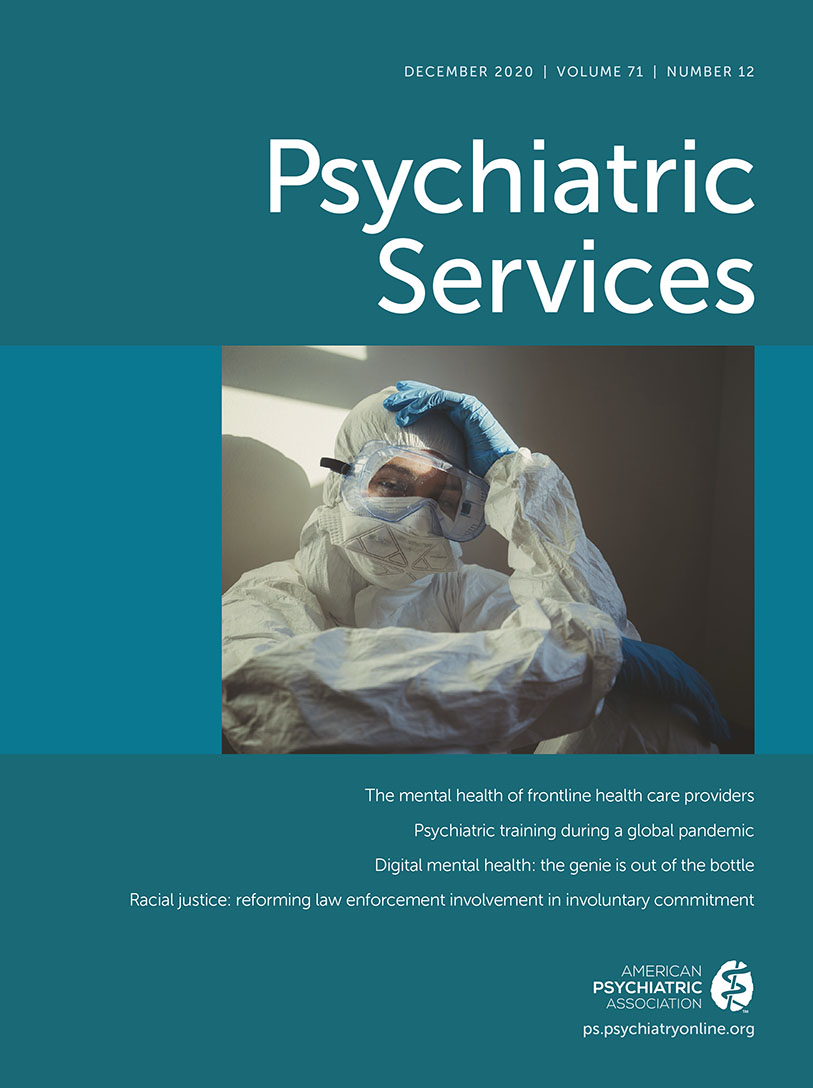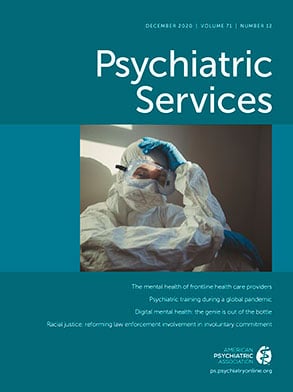As the economy shows signs of weakness, with record unemployment claims and wary financial markets, previous research can help us anticipate how a recession might affect behavioral health and behavioral health care. This column summarizes what is known about economic conditions and behavioral health and suggests potential policy solutions to help mitigate recessionary impacts. We recognize that the COVID-19 pandemic has many features that affect behavioral health, only some of which are economic. At the same time, some communities that have not been hard hit by COVID-19 itself may nonetheless experience economic hardship.
Policy Suggestions
We recommend several policies, only some of which have been addressed in recent federal stimulus legislation. Federal, state, and local officials should be vigilant around suicide prevention. Unprecedented unemployment along with steadily rising suicide rates leading up to the COVID-19 pandemic imply that suicide rates could rise dramatically. These warning signs are further complicated by sharp increases in gun and ammunition purchases, which began in January 2020 (
11) and raise the specter of greater lethality in suicide attempts. The Federal Communications Commission proposed a three-digit dialing code, 988, for a national suicide prevention and mental health crisis hotline, which should receive full funding. Under the Coronavirus Aid, Relief, and Economic Security (CARES) Act, Congress allocated $50 million in funding to the Substance Abuse and Mental Health Services Administration (SAMHSA) for suicide prevention programs; however, more resources likely will be needed to meet the growing need.
Despite forced closure of bars, restaurants, and college campuses, alcoholic beverage sales were reported to have spiked significantly. In addition, opioid deaths have increased. Thus, substance use prevention is another significant priority.
Telehealth expansion should accelerate. During the pandemic, federal authorities have eased some regulations on the use of telemedicine to facilitate general medical services and behavioral health services, such as buprenorphine prescribing. Medicare and Medicaid temporarily will reimburse for general medical and behavioral health care delivered via telehealth—in patients’ homes and across the country. Moreover, care is covered from a range of providers, such as doctors, nurse practitioners, clinical psychologists, and licensed clinical social workers. These expansions should be extended well beyond the initial impacts of the recession to accommodate anticipated pent-up demand. The federal government should also emphasize the need for parity for private insurance—specifically, parity in the coverage of mental and substance use disorders treated via telehealth.
States should reimburse providers for telehealth services in the same manner or at the same rate that states pay for face-to-face services. This can be done without federal approval. To ensure access to telehealth across all states, the federal government could require public and private payers to reimburse for telehealth beyond the pandemic, on par with reimbursement for in-person services for mental and substance use disorders.
Investments continue to be needed to improve broadband access for patients and telehealth implementation for providers. The CARES Act includes $300 million in funding for telecommunication programs for health care providers, including information services, connectivity, and devices, although this funding has not specifically been directed to behavioral health services (
12). These financial supports should not be limited to COVID-19 diagnosis or treatment.
Practice closures created significant financial hardship for providers. The CARES Act provides $425 million for SAMHSA programs. This includes $250 million for community behavioral health organizations hit hard by the crisis and $100 million for mental health and substance use disorder emergency grants. Other support, such as $1.32 billion to community health centers and $100 billion in grants toward providers’ lost revenue, was initially tied to COVID-19 but now includes behavioral health care providers. It is important to extend support to communities that are hit economically by closures, unemployment, and food insecurity, independent of the prevalence of COVID-19. When states and local governments have faced significant revenue declines and budget shortfalls, as in the 2008 recession, they have struggled to fund behavioral health services in the face of expanded need and opted to cut services $3 for every $1 increase in tax and fee revenues (
13). Additional federal assistance to states can mitigate these effects.
Protections must be put in place for people who lose employer-sponsored insurance coverage. Insurance coverage is critical for individuals to access treatment for mental and substance use disorders. Between 2008 and 2010, in the depths of the Great Recession, 9.7 million Americans lost employer-sponsored health insurance, a decline of 6.6% (
14). Today the Affordable Care Act provides access to insurance through marketplaces and Medicaid expansion. These offerings can blunt the effect of employment-related insurance losses and help individuals maintain access to behavioral health treatment. However, as of August 2020, 12 states still had not expanded Medicaid. In these states, individuals will likely face greater barriers to obtaining behavioral health treatment.
Policies should develop and support systems that facilitate client connection to social services, such as housing or food. These systems, such as North Carolina’s NCCare360 (
15), help track the availability of social services and are designed to ease referrals. Although these systems can improve information flow, they should be matched with increases in social services capacity in order to meet increased need.

